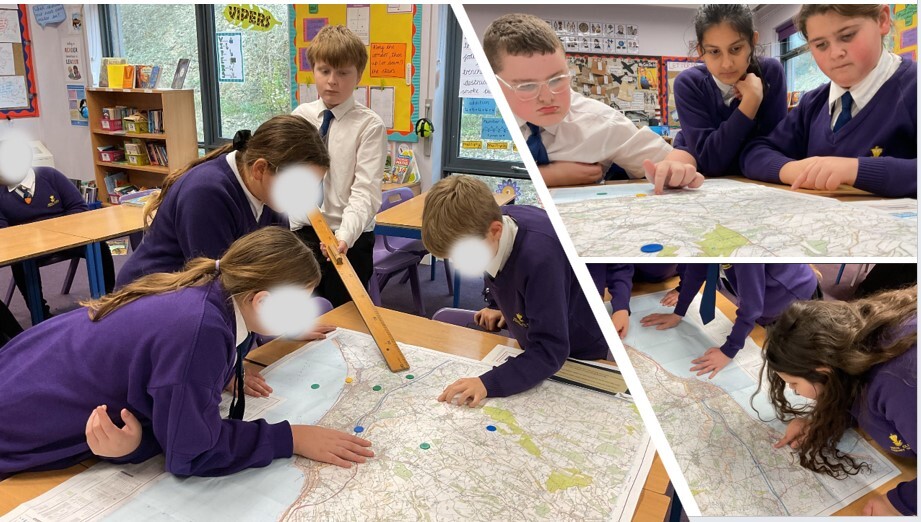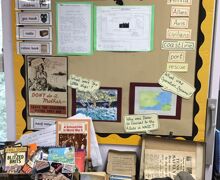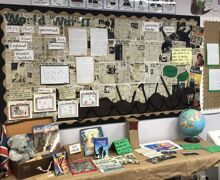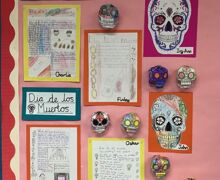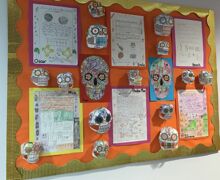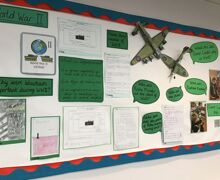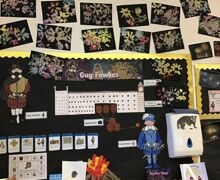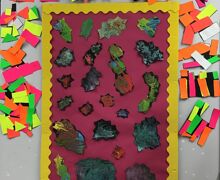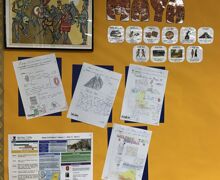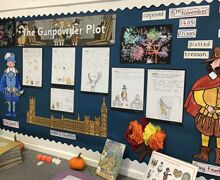History
At White Cliffs Primary and Nursery School, we believe that, through the study of history, we can help our pupils make sense of their world and enrich their understanding of it.
Through our history curriculum we hope that pupils will gain knowledge and understanding of the past within our own locality, our country and the wider world. They will learn about the complexity of peoples’ lives, the diversity of societies and the relationships between different groups of people in the past.
Our history curriculum is designed and constantly adapted to meet the needs and interests of the children which is clearly seen in the development of the history within our EYFS settings as they use ‘Understanding the World’ from Development Matters to underpin their history teaching based on the children’s interests.
Within our history teaching we develop the essential skills and understanding which are the building blocks for later life, such as developing an understanding of the events which led to World War II and how we can learn from these or how the Anglo-Saxon influence on Dover and the surrounding areas can still be seen today.
We recognise that as a school we have chosen to teach history in a thematic way as opposed to following teaching history in a chronological order and this has been carefully decided basing our approach on not only what works for our children ‘sequencing in a meaningful way that enables children to make connections and progress across sequences of lessons, terms and years’ (White Cliffs Curriculum Intent 2022). But also, on educational research which supports our decisions to teach history in a more meaningful, logical, and psychologically appealing way (Smith 1980, Fabino 1992) which is supported by Bruner’s meaning-centred cognitive theory.

Year 5 Step Back in Time at Canterbury Cathedral
As part of their history topic on Thomas Becket, Year 5 took a fascinating step back in time during their visit to Canterbury Cathedral. The trip brought their historical learning to life, allowing pupils to explore one of England’s most significant medieval sites.
The highlight of the day was dressing up as key figures from the story of Thomas Becket—Thomas himself, King Henry II, knights, monks, and pilgrims. This immersive experience helped the children understand the complex relationships and dramatic events that led to Becket’s infamous martyrdom in 1170. Reenacting parts of the story within the very cathedral where it happened added a powerful sense of context and realism to their learning.
In addition to exploring the historical setting, pupils also engaged in hands-on activities that linked to the work of medieval craftsmen. They tried out techniques like stone carving and stained glass design, giving them insight into the skills and labour involved in building and maintaining such a grand structure.
The visit was a fantastic opportunity to deepen their understanding of medieval history, religious conflict, and the lasting legacy of Thomas Becket. Year 5 returned with a richer appreciation of the past and how it continues to shape the present.
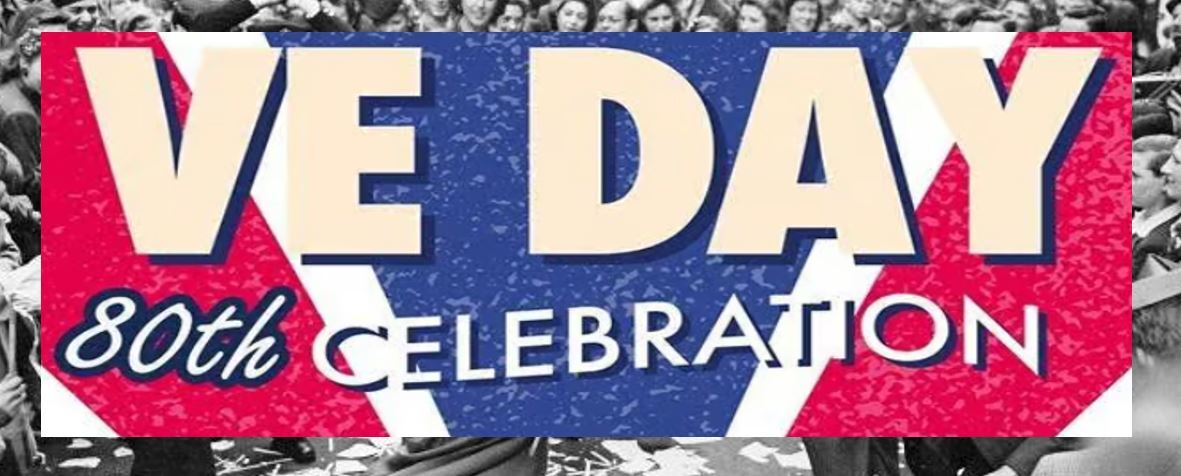
VE Day 80 – A Day of Red, White, and Blue Celebration!
On May 8th, our school came together to mark a very special occasion — VE Day 80, celebrating 80 years since Victory in Europe Day, when World War II ended in Europe. It was a day filled with history, learning, creativity, and fun, all wrapped in a red, white, and blue theme!
To kick off the celebrations, children and staff dressed in patriotic colours, bringing the school to life with a wonderful wave of Union Jack pride. The atmosphere was vibrant as our playground and classrooms were decorated with bunting, flags, and wartime-inspired displays.
One of the highlights of the day was when the whole school gathered outside to create a giant human “VE” — a powerful and moving tribute captured from above. The children stood proudly in formation, symbolising unity and remembrance in a truly memorable way.
Throughout the day, classes took part in a variety of activities to help them connect with the spirit of VE Day.
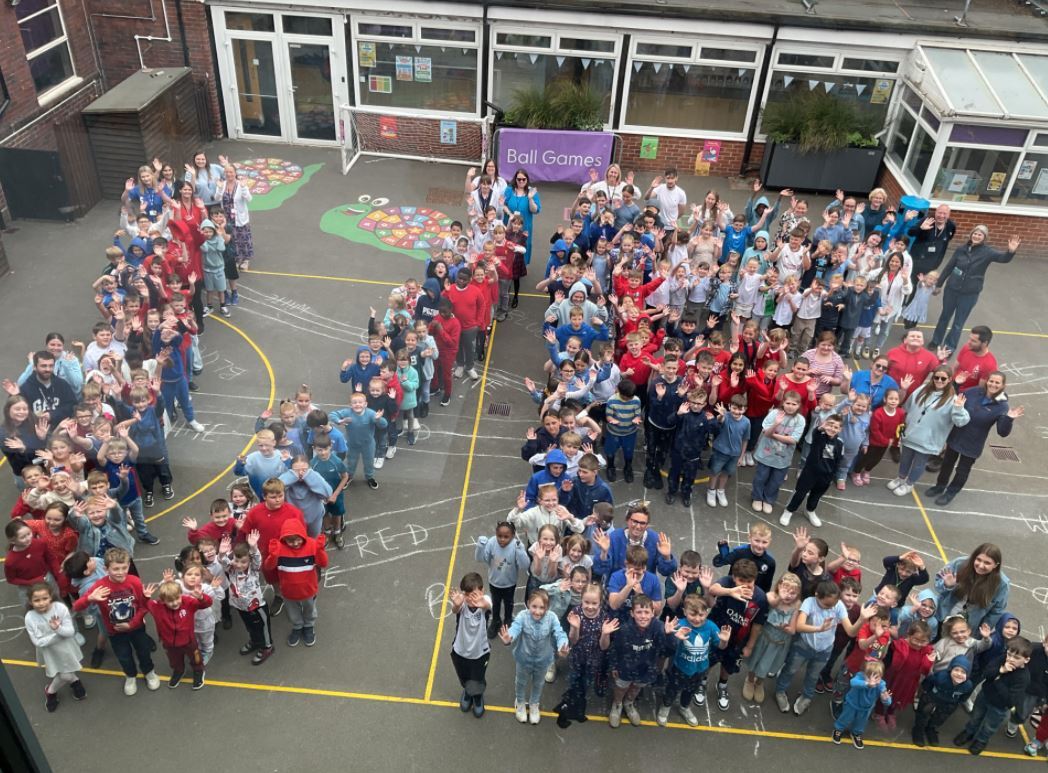
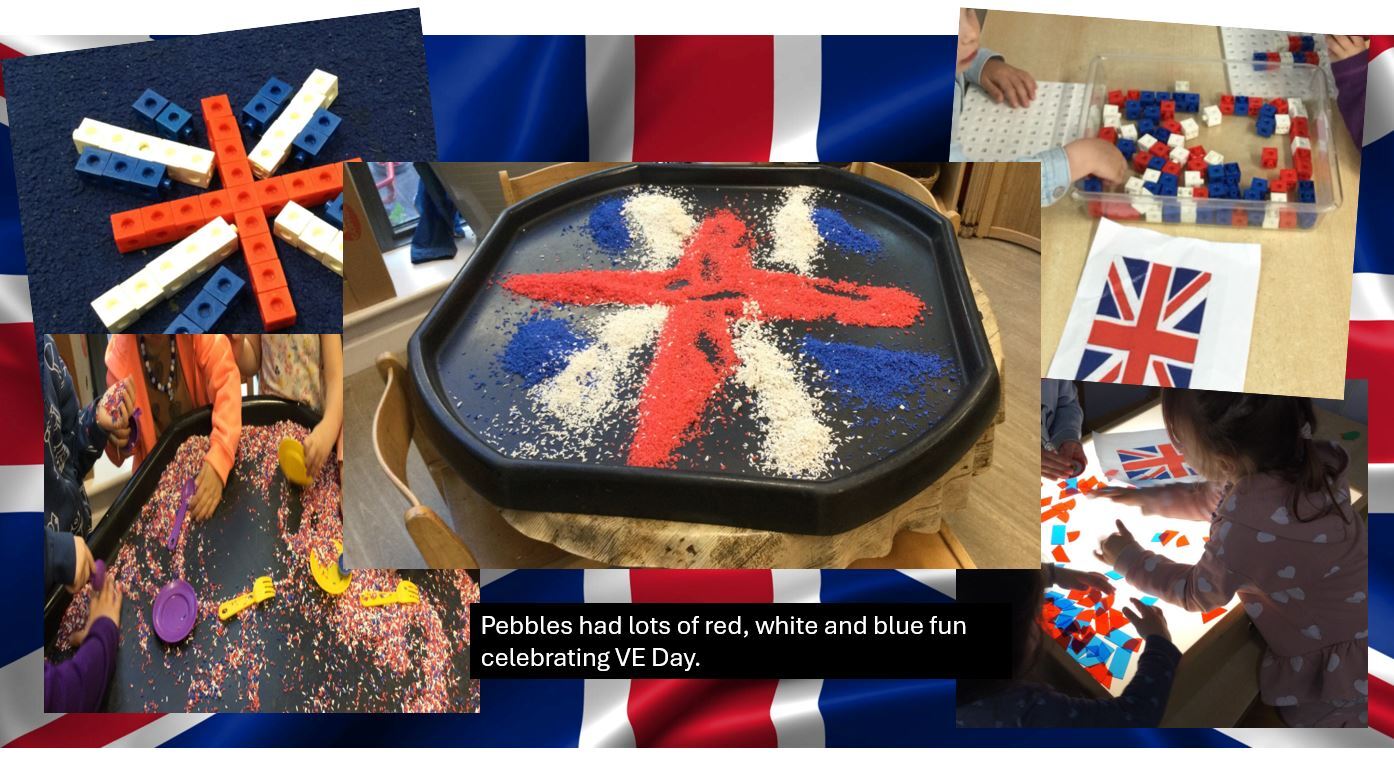
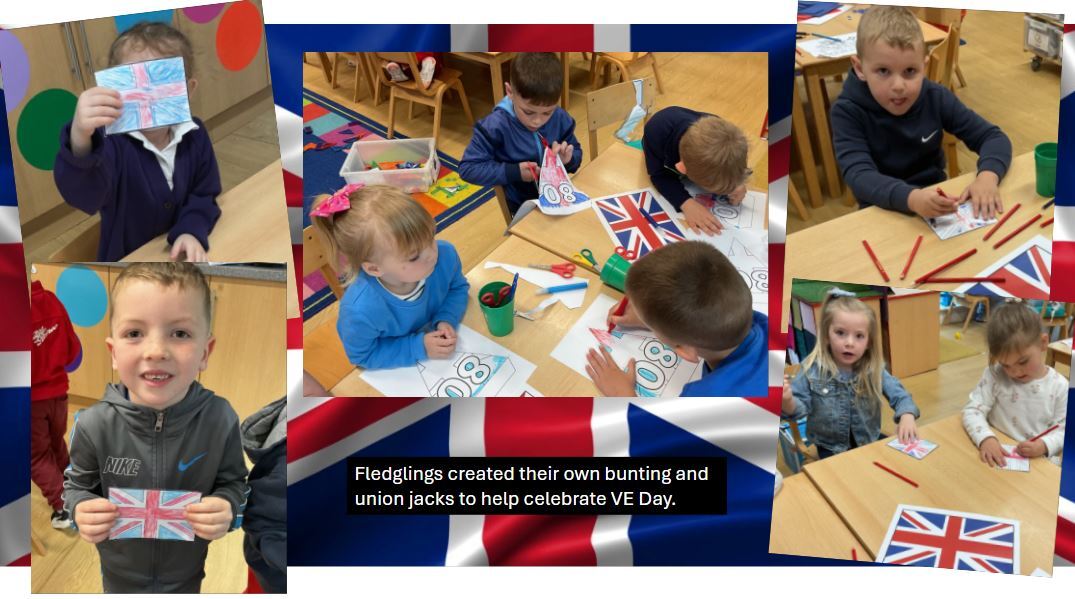
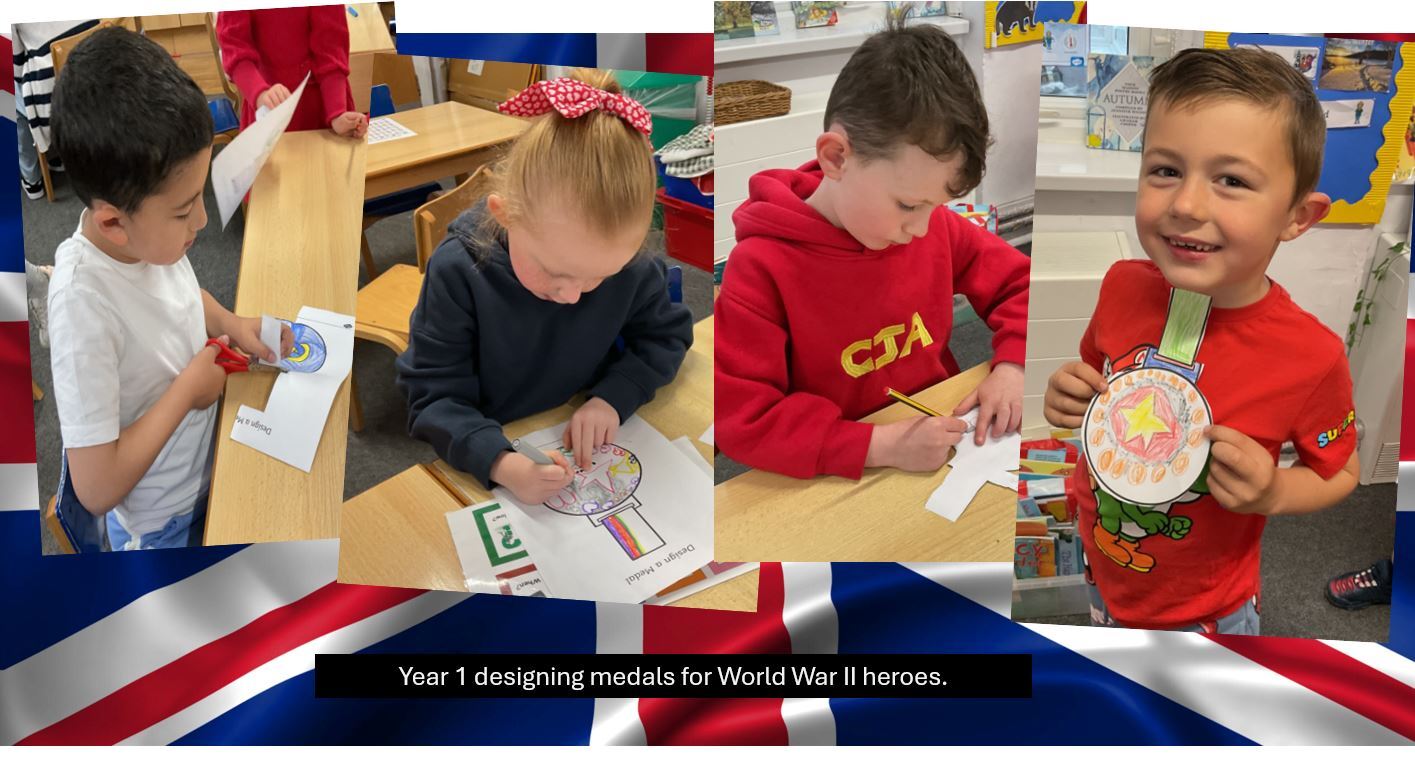
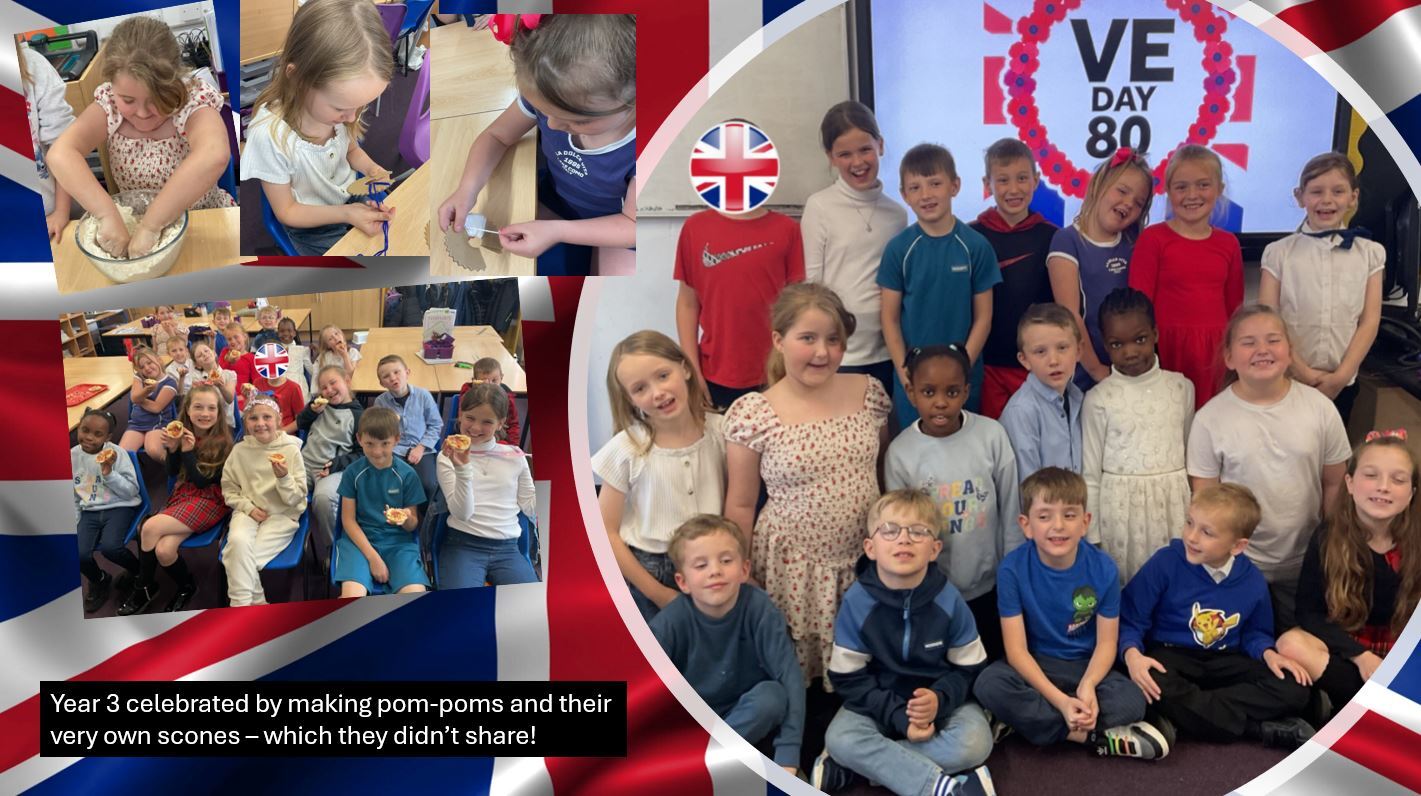
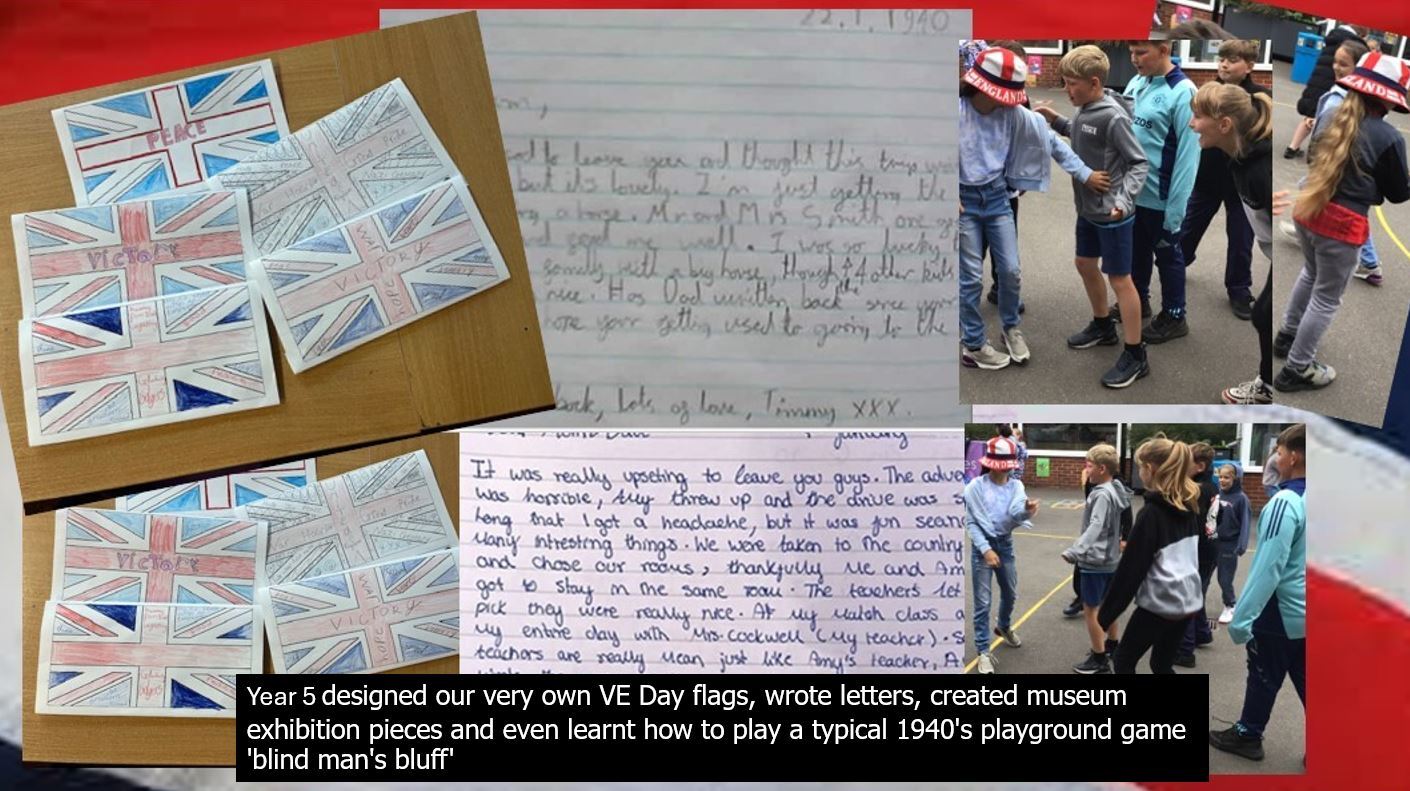

Stone Age Day was a fantastic experience for our Year 3 children. The day was packed with hands-on activities, fascinating facts, and creative tasks that brought the Stone Age to life in an engaging and memorable way.
The children especially enjoyed dressing up in Stone Age-inspired outfits, which helped them immerse themselves fully in the theme. Throughout the day, they took part in a range of activities including cave painting, making paints from natural materials, and even trying out Stone Age-style shelters.
Overall, Stone Age Day was a great success and sparked a lot of curiosity about life in prehistoric times. It was a valuable part of the curriculum and a day the children will remember for a long time.
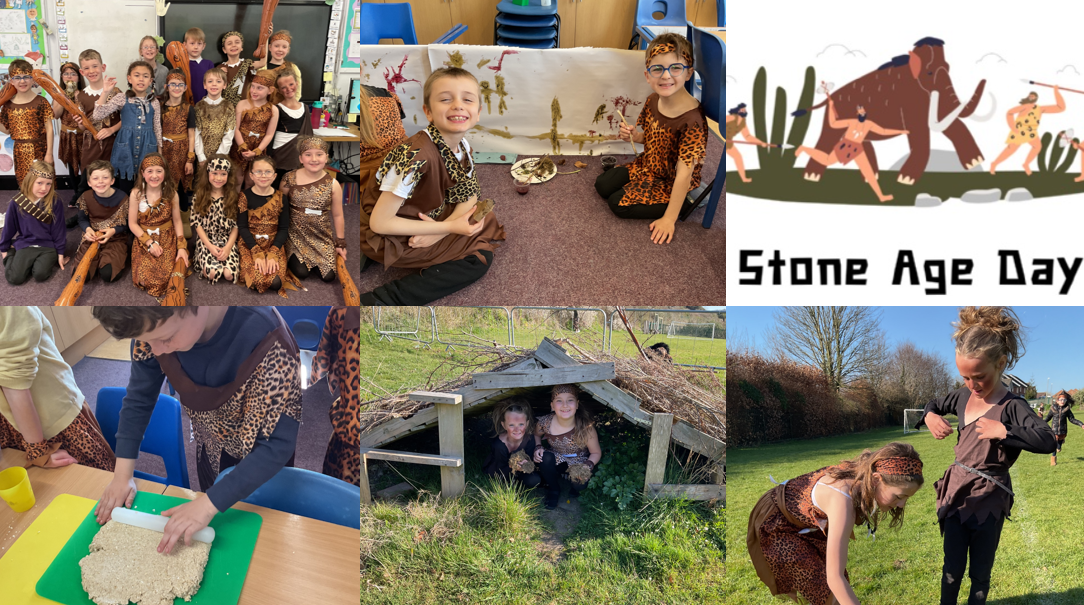
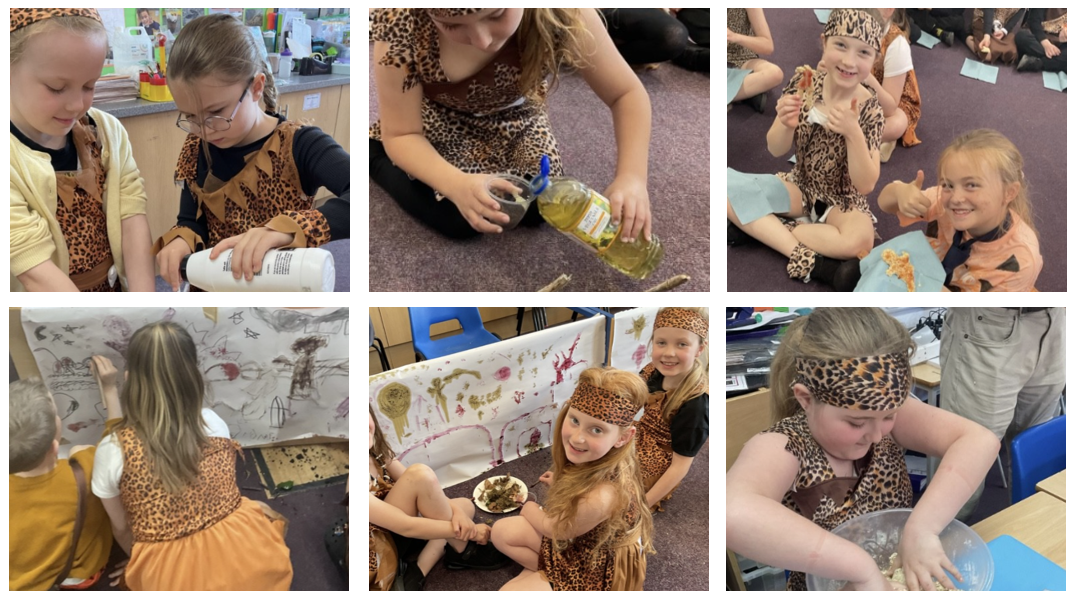

Badger class had an amazing Victorian Dress-Up Day.
The Dress-Up Day gave the children a wonderful opportunity to experience life in the Victorian era through costumes and being part of a Victorian classroom.
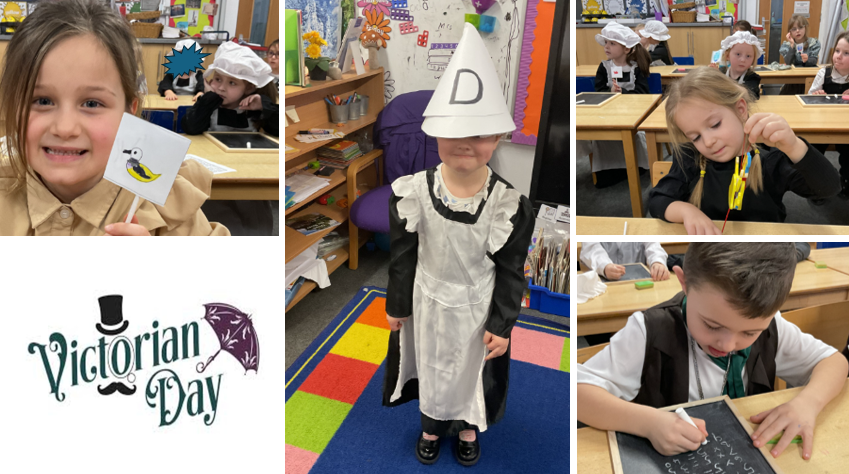
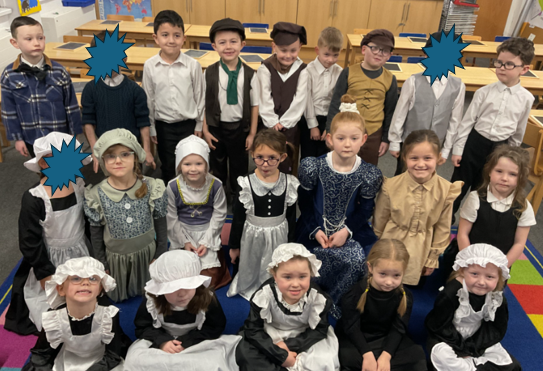
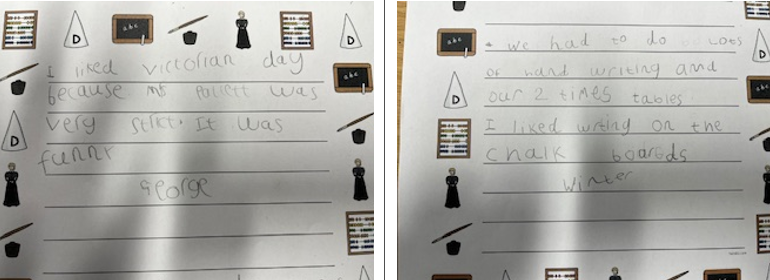

During Black History Month the whole school learnt about Matthew Alexander Henson (August 8, 1866 – March 9, 1955) who was an African American explorer who accompanied Robert Peary on seven voyages to the Arctic over a period of nearly 23 years. He is best known for his participation in the 1908–1909 expedition that claimed to have reached the geographic North Pole on April 6, 1909. Henson said he was the first of their party to reach the North Pole.
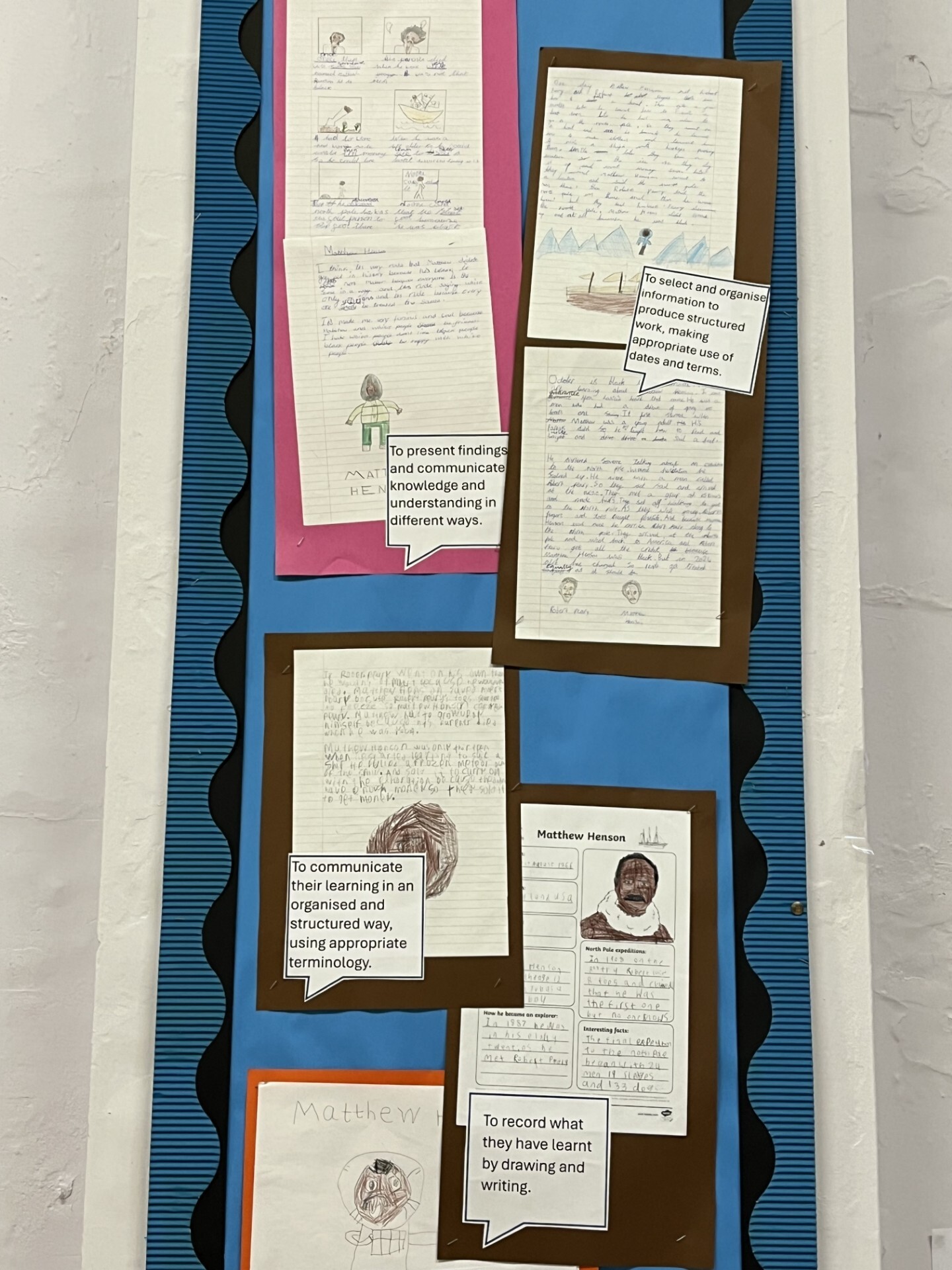

As a school we look at Dover Castle everyday, we see it when we come into school and when we go out on the playground; the castle looks down on our school family just like it is protecting us!
That is why we try and visit Dover Castle as much as we can, not only to thank it for protecting us and Dover, but also to learn about its important place in our history.
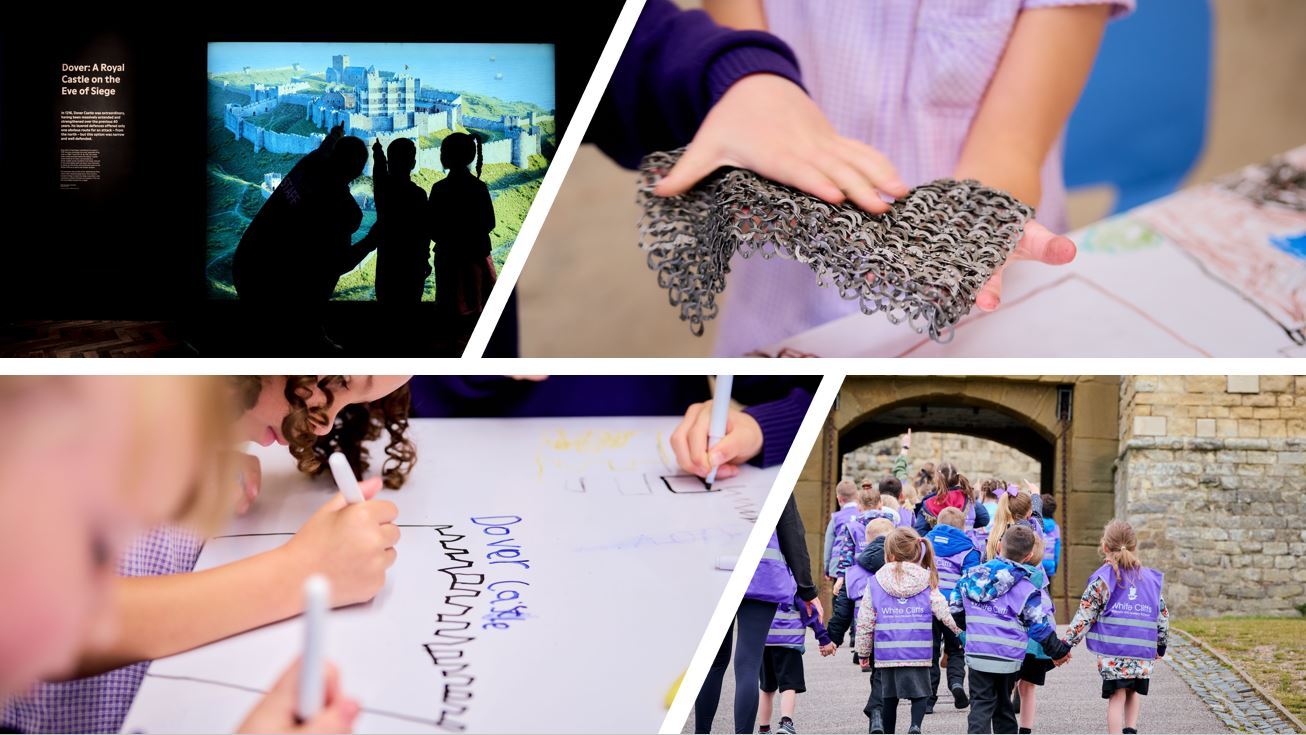
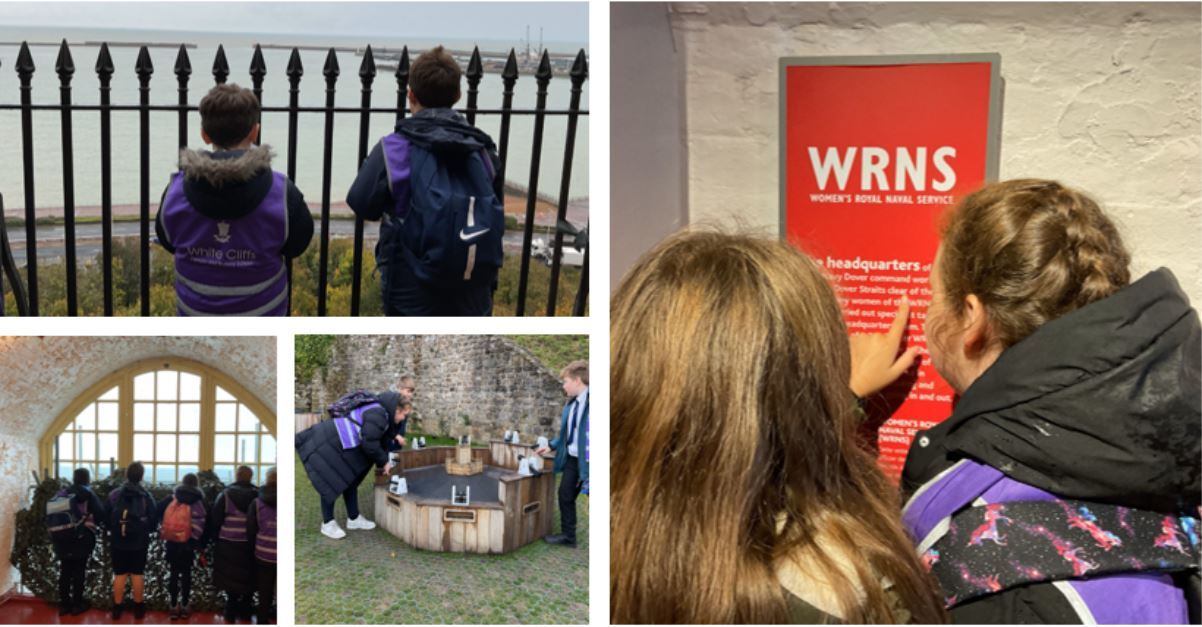
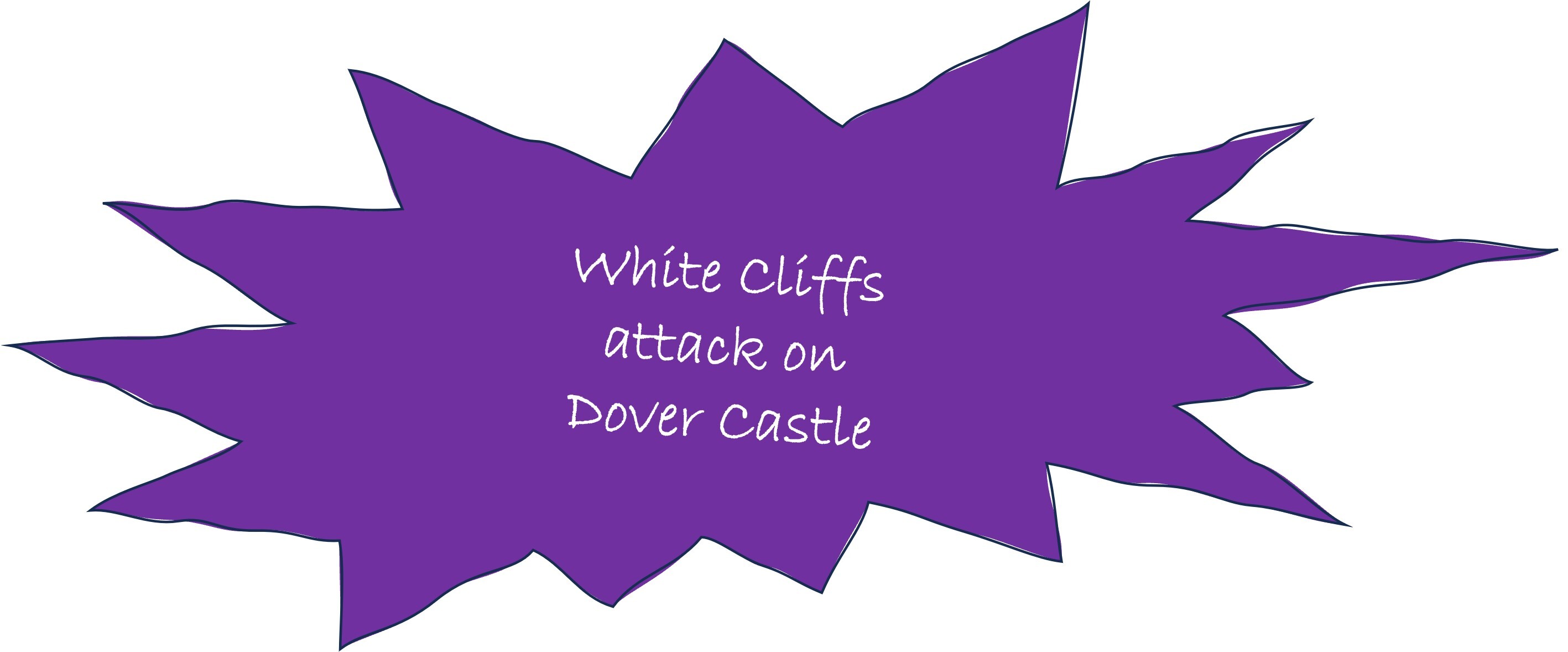
At the very end of the Summer Term White Cliffs were very lucky to be invited to explore Dover Castle's brand new Under Siege exhibition and learner centre. The children were very excited and even got to act out an attack on the castle. They even wrote their own article which was featured in the Autumn Issue of the 'Back to School' magazine.
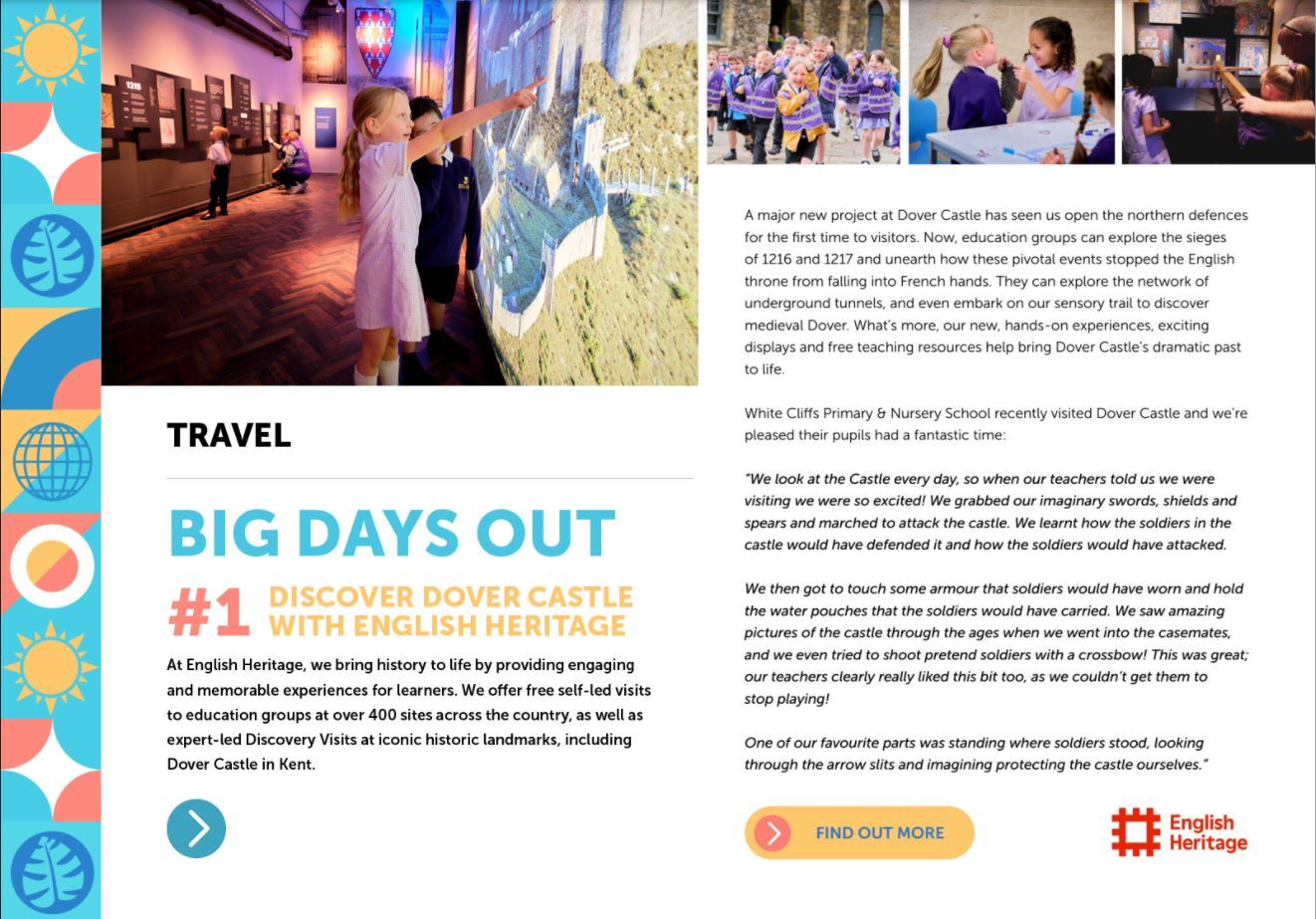

Year 6 took part in an epic game of Battleplanes across their classrooms as a way to understand the roles in a WW2 control room. Each room had to answer to the Operations Officers who made the overall decisions at the front desk. Air traffic controllers worked strategically and made the suggestions as to where to send the fleet of aircraft. Plotters maintained the locations of the planes on the map, helped plot where they had sent planes previously and took note of any direct hits or near misses. The Operation Room Clerks helped take minutes of all discussions in the room, kept track of the coordinates and delivered messages to the enemy classroom. The Battle was long and Bats took a direct hit to their plane over Dover Castle but their heavy shelling did not cease. Eventually Wildcat class had to appease the Bats by releasing 10 of their prisoners.
